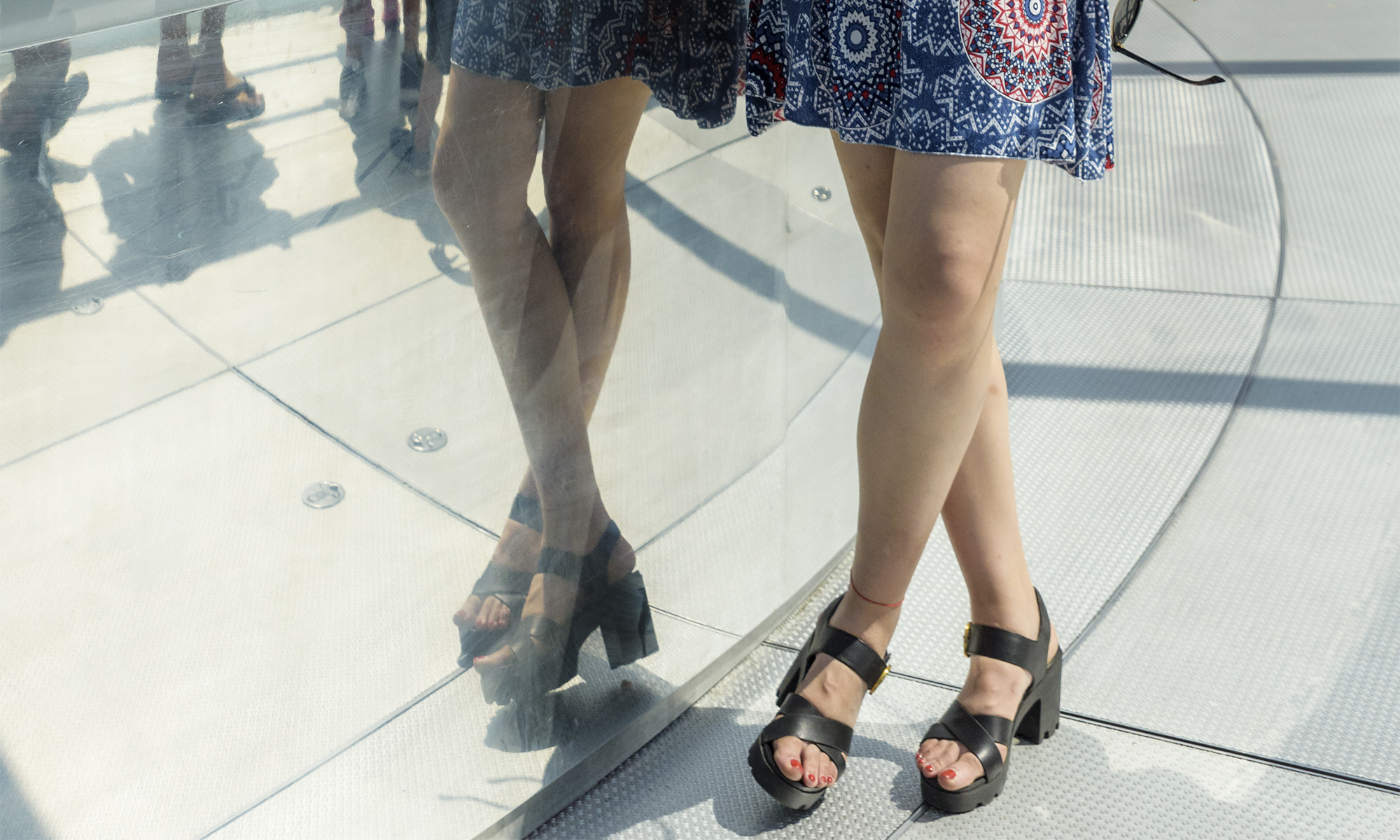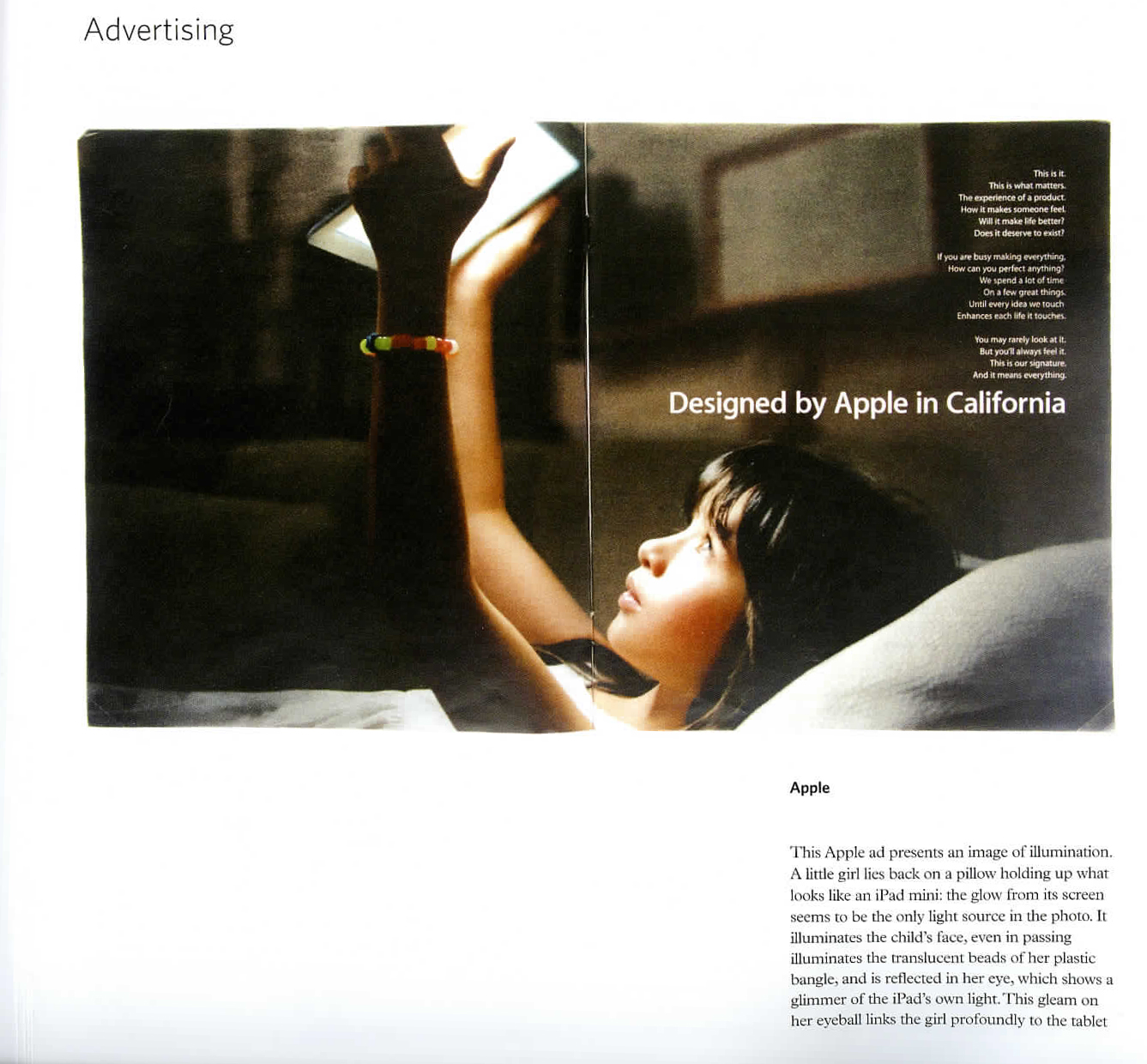Introduction
Part 1
Project 1, Eyewitnesses?
- Dorothea Lange
- Martha Rosler’s 1981 essay ‘In, Around and Afterthoughts (on documentary photography)’
- Lewis Hine (1874 – 1940)
Project 2, Photojournalism
- La Grange, A. (2005) Basic Critical Theory for Photographers. Burlington, MA: Focal Press
- Martha Rosler
- Susan Sontag
- Abigail Solomon-Godeau
Research point
If you’re interested in the critical debates around photojournalism, try and make time to find out more about at least one of these critical positions during your work on Part One.Here are some questions to start you off:
(extract from Photography 1 Context and Narrative, page 27)
- Do you think Martha Rosler is unfair on socially driven photographers like Lewis Hine? Is there a sense in which work like this is exploitative or patronising? Does this matter if someone benefits in the long run? Can photography change situations?
- Do you think images of war are necessary to provoke change? Do you agree with Sontag’s earlier view that horrific images of war numb viewers’ responses? Read your answer again when you’ve read the next section on aftermath photography and note whether your view has changed. See also: http://lightbox.time.com/2014/01/28/
when-photographs-of-atrocities-dont-shock/#1 [accessed 24/02/14] - Do you need to be an insider in order to produce a successful documentary project?
- Roger Fenton
- David Campany
- Joel Meyerowitz
Project 3 Reportage
- Eugene Atget’s frontal views of Parisian buildings and their inhabitants
- Nan Golding
Research point
Do some research into contemporary street photography. Helen Levitt, Joel Meyerowitz, Paul Graham, Joel Sternfeld and Martin Parr are some good names to start with, but you may be able to find further examples for yourself.
- What difference does colour make to a genre that traditionally was predominantly black and white?
- Can you spot the shift away from the influence of surrealism (as in Cartier-Bresson’s work)?
- How is irony used to comment on British-ness or American values?
Project 4 The gallery wall – documentary as art
- MoMA 1967 – John Szarkowski
- Tate Modern, Cruel and Tender, 2003
- Tate Modern, Street and Studio (2008)
Research point
Look online at Paul Seawright’s work, Sectarian Murders.
- How does this work challenge the boundaries between documentary and art? Listen to Paul Seawright talk about his work at: http://vimeo.com/76940827 [accessed 24/02/14]
- What is the core of his argument? Do you agree with him?
- If we define a piece of documentary photography as art, does this change its
meaning?
- Sarah Pickering, Public Order, 2004
- Alessandra Sanguinetti, The Adventrues of Guille and Belinda and the Enigmatic Meaning of their Dreams



